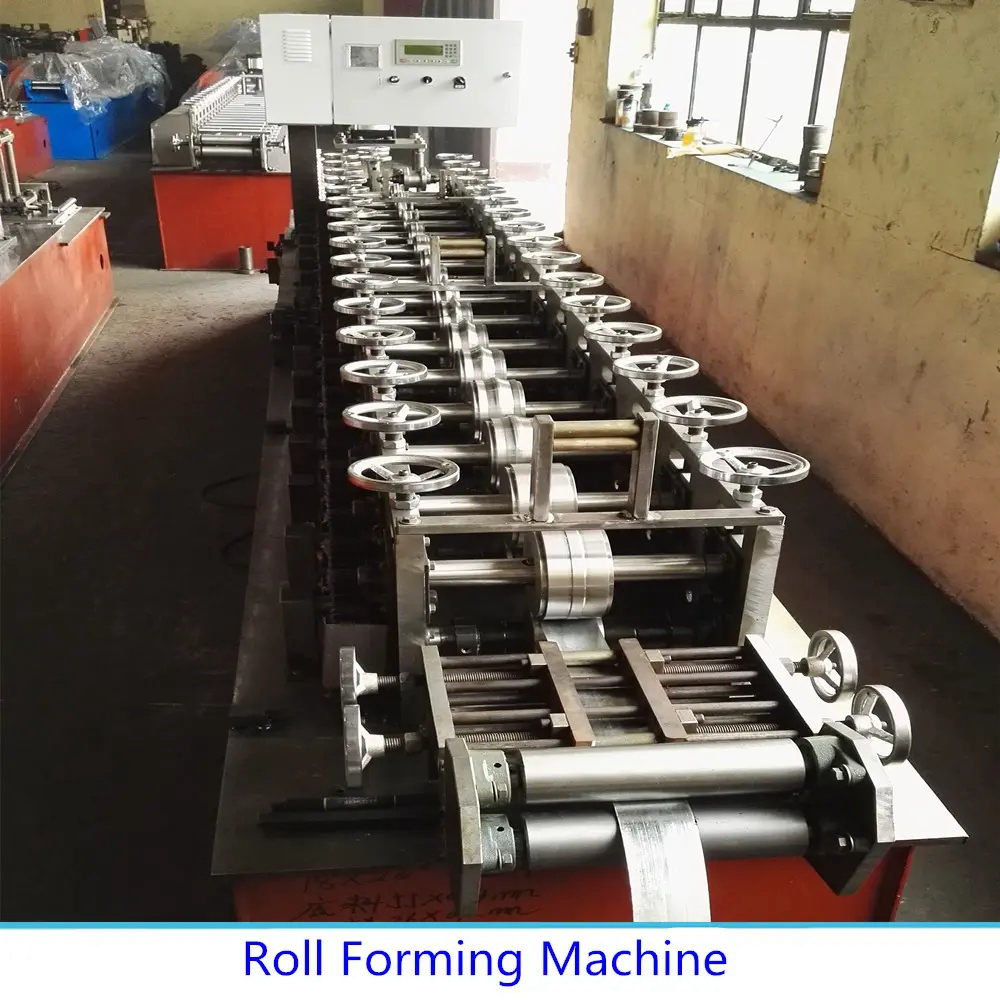
The Role of Cold Roll Forming Machines in Modern Manufacturing
Cold roll forming machines are an essential part of modern manufacturing processes, particularly in the production of metal components with precise shapes and specifications. This highly efficient technology transforms flat metal sheets into complex profiles through a series of sequential bending operations. The advantages offered by cold roll forming are revolutionizing the way manufacturers produce various products, from automotive parts to construction materials.
Understanding Cold Roll Forming
Cold roll forming is a continuous process that involves feeding flat metal sheets or strips through a series of roller stations. As the material passes through these rollers, it undergoes a gradual bending process, allowing it to take on the desired shape. Unlike hot forming, the process occurs at room temperature, which is beneficial because it helps maintain the strength and integrity of the material. The metal typically used in cold roll forming processes includes steel, aluminum, and other alloys.
One of the defining attributes of cold roll forming is its high degree of accuracy and repeatability. The process allows manufacturers to create complex shapes and profiles that would be difficult, if not impossible, to produce using other metalworking techniques. This precision reduces waste and ensures that each component meets strict quality standards.
Efficiency and Cost-Effectiveness
Cold roll forming machines are designed for high production rates, which translates to increased efficiency in manufacturing operations. The continuous nature of the process means that less time is spent on setups and adjustments compared to batch production methods. Additionally, the utilization of cold forming can lead to significant cost savings. Due to the reduced material waste and energy consumption associated with the process, many manufacturers report lower operational costs.
Moreover, the durability of finished products is improved through cold roll forming. The process creates work-hardened surfaces that enhance the mechanical properties of the components, leading to increased performance in their end applications. Such attributes make products not only more efficient but also more reliable over their lifetimes.
Applications of Cold Roll Forming Machines

The applications for cold roll forming machines are vast and diverse. In the automotive industry, components like structural beams, support brackets, and chassis parts are commonly produced using this technology. These parts require a high degree of strength and precision, which is well-suited to the cold roll forming process.
In construction, cold roll forming is utilized to create a variety of products including steel studs, tracks, and roof purlins. These components are fundamental in modern building practices, where lightweight yet strong materials are in high demand. The ability to produce consistent profiles in bulk quantity is a significant advantage for builders seeking efficiency in material sourcing and installation.
Additionally, the electrical and appliance sectors employ cold roll forming for manufacturing specialized enclosures and brackets. The technology allows for seamless fabrication of intricate designs that can house sensitive components, ensuring both functionality and aesthetic appeal.
The Future of Cold Roll Forming Technology
As industries evolve and the demand for customization increases, the role of cold roll forming machines is expected to grow. Advances in automation and digital technology are paving the way for smarter manufacturing processes. For instance, Industry 4.0 principles are being integrated into cold roll forming lines, allowing for real-time monitoring and adjustments that optimize production efficiency.
Furthermore, with sustainability becoming a core focus for many enterprises, the energy-efficient nature of cold roll forming processors positions them favorably in the shift towards greener manufacturing techniques. The ability to recycle and repurpose materials aligns well with circular economy principles, ultimately contributing to less environmental impact.
Conclusion
Cold roll forming machines are at the forefront of modern manufacturing, providing the precision, efficiency, and versatility that industries demand. As technology continues to advance, these machines will no doubt play a critical role in shaping the future of metal component production. Their applications are widespread, and their benefits are indispensable, affirming the importance of cold roll forming in various sectors. Adapting to new challenges and opportunities, cold roll forming machines are set to redefine standards of quality and performance in manufacturing for years to come.